After my 9 months Artists-in-Labs residency at the Native Systems Group of the Computer Science Institute at ETH Zurich, I was granted the opportunity to stay at the lab to contribute my media art and hands-on experience with smart body sensors and software to the ongoing E.U. research OPTIMI.
I created soundscapes for the neurofeedback training application and tested prototypes for the pilot studies. I had acquired a lot of ease with the prototypes and became experienced enough that I helped project partners and pilot study participants troubleshoot system problems and user-experience issues. This amplified my own cognitive friction associated with technological complexity and with these experiences my idea to create The Ball came about.
Online Predictive Tools for Intervention in Mental Illness (OPTIMI)
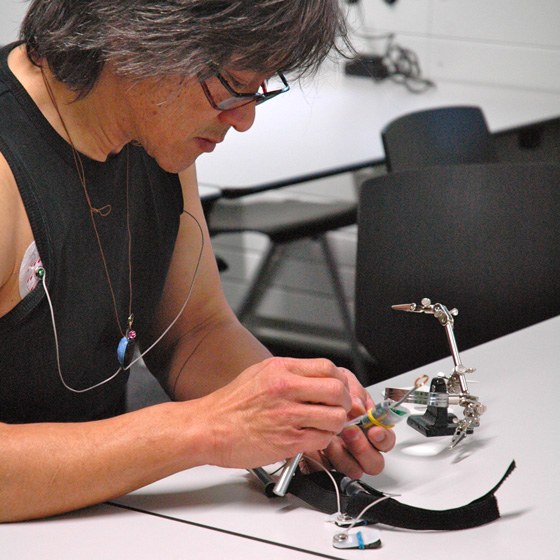
low energy wireless embedded systems
OPTIMI project leader Dennis Majoe working on an EEG sensor and wearing an ECG sensor
EEG brain sensor
Sensor prototype: 3 dry electrodes FP1, FP2 and FP0 plus ear ground, RF wireless communication to USB dongle, contactless inductive battery charging.
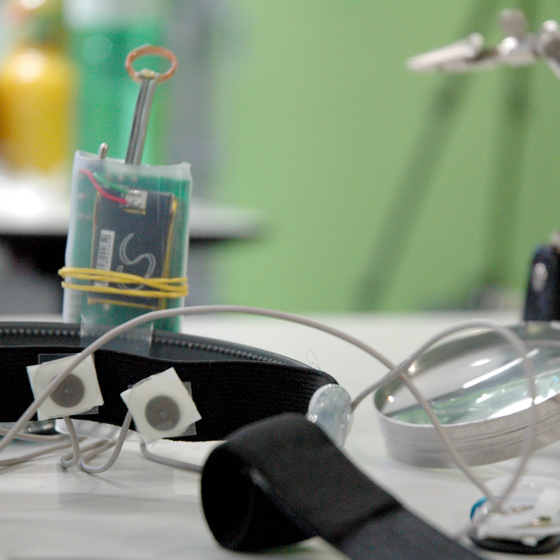
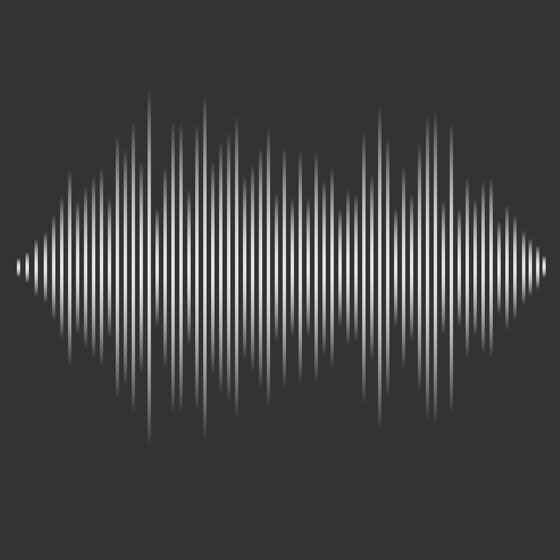
sonic-neurofeedback
What is neurofeedback?neurofeedback training
Engineer Kevin Collins and PhD student Hong Peng presenting the neurofeedback training application to Prof. Jürg Gutknecht, Head of the Native Systems Group.
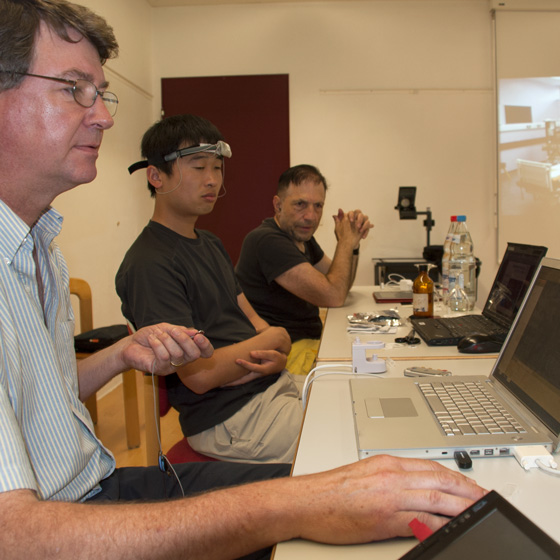
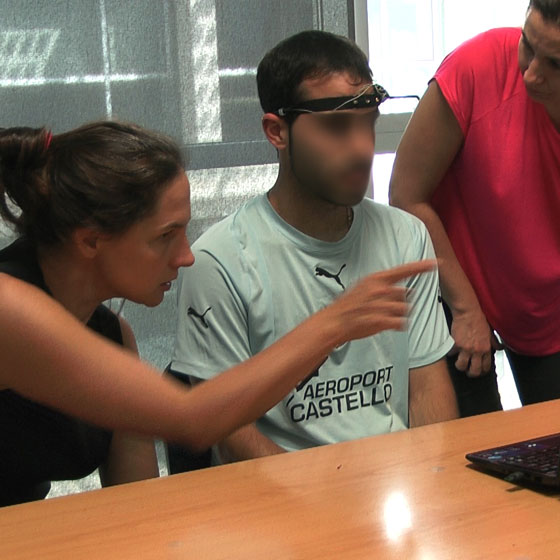
pilot study
Assisting psychology researcher and pilot study participant with the neurofeedback sensors and software in Valencia, Spain.
Is more tech better?Neurofeedback with EEG sensors
Neurofeedback is a method for self-training of the brain mediated by real-time display of the amplitude of selected brain frequencies using EEG sensors. Translated into a real-time feedback, it rewards the user when some desired brain activity is produced, as an encouragement to maintain and amplify this achieved mind-state. Training over a period of time induces long-lasting effects in the brain and an enactive knowledge of one’s own psychological mechanisms 1. Specific brainwave frequencies can be trained, just like one can physically train specific muscles in sport. Many studies and reviews have been published on the relationship between the Alpha frequency brain activity and topics like relaxation 2 and meditation 3 and neurofeedback for Alpha enhancement showed successful results for stress relief 4.
EEG neurofeedback
MA Systems + Native Systems Lab ETH Zurich
OPTIMI E.U. project 2012
HRV biofeedback with ECG sensors
OPTIMI HRV biofeedback prototype

HRV biofeedback for mobile
OPTIMI HRV biofeedback application
Mockup for iPhone 3GS
enhancing alpha brain frequency with eyes open
Dim Screen Study
Alpha brainwave peaks when eyes are closed and as more as the mind calms down. But can light and colour positively enhance Alpha frequency amplitude while neurofeedback training eyes open? I conducted this little study with video screens and strobe lights with colleagues at the lab.